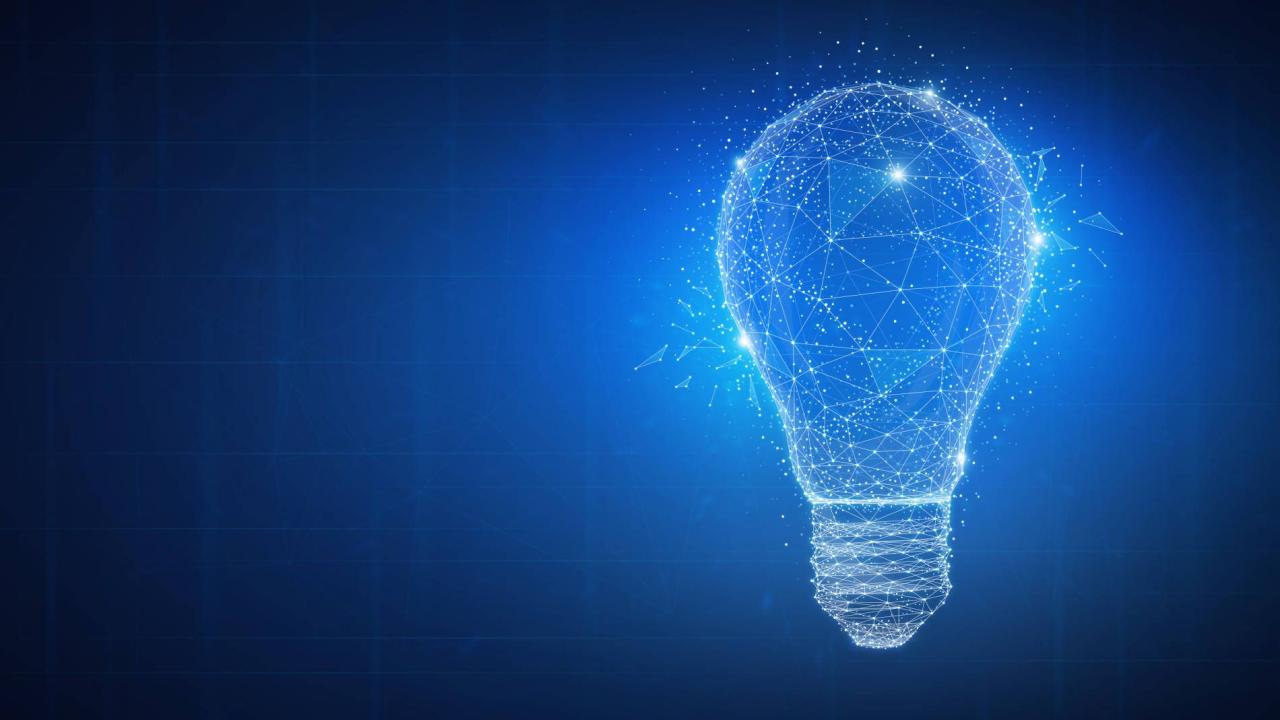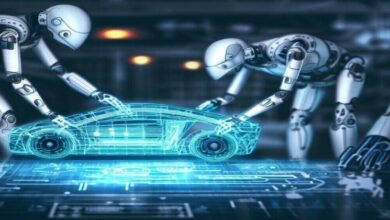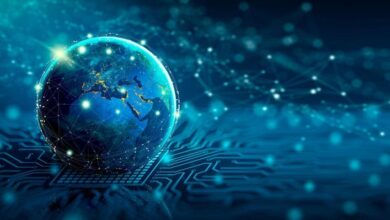The Unstoppable Force: How Global Innovation Catalyzes Economic Paradigm Shifts
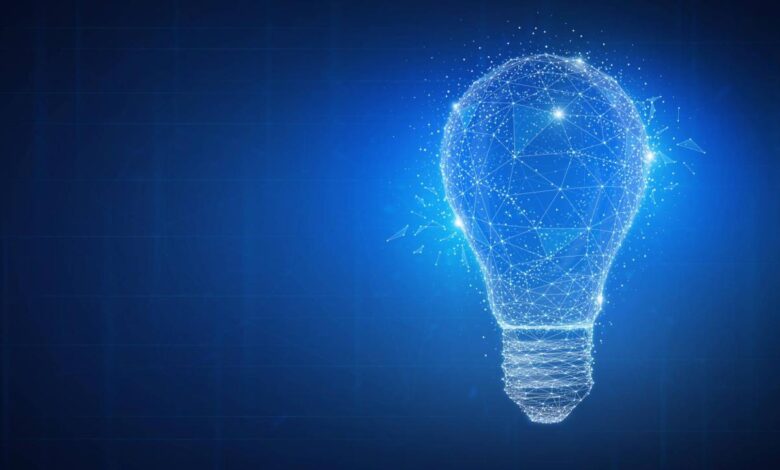
In the grand tapestry of human history, progress has never been a gentle, steady stream. Instead, it has been a series of violent, brilliant, and unpredictable sparks—innovations that ignite, spread, and forever alter the landscape of our existence. We are currently living through one of the most intense and rapid periods of such transformation in recorded history. A global shift, unprecedented in its scale and speed, is underway, driven by a convergence of technologies that are rewriting the rules of commerce, society, and what it means to be human. This is not merely an evolution; it is a full-scale paradigm shift, where the old models are crumbling, and new ones are being forged in the digital fires of creativity and connectivity. This article delves deep into the engines of this change, exploring the key technological frontiers, their profound economic implications, and the emerging challenges and opportunities that will define our collective future.
A. The Core Engines of Modern Global Innovation
The current wave of innovation is unique because it is not driven by a single technology, but by the powerful synergy between several. These are the core engines fueling the global shift.
A. The Pervasive Digital Foundation: Cloud Computing and Big Data
Before any sophisticated technology can function, it requires a foundation. Cloud computing provides the limitless, on-demand computational power and data storage that acts as the central nervous system for modern innovation. It has democratized access to resources that were once the exclusive domain of giant corporations, allowing a startup in Jakarta to compete with a titan in Silicon Valley. Coupled with cloud computing is the phenomenon of Big Data. Every click, swipe, purchase, and sensor reading generates a digital footprint. This massive influx of information is the raw material for insight. Through advanced analytics, businesses and governments can discern patterns, predict trends, and optimize operations with a precision that was previously unimaginable, turning intuition into a data-driven science.
B. The Intelligent Revolution: Artificial Intelligence and Machine Learning
If data is the new oil, then Artificial Intelligence (AI) and Machine Learning (ML) are the refineries and combustion engines. AI is no longer a science fiction trope; it is a practical tool embedded in everything from your smartphone’s voice assistant to the complex algorithms that manage global supply chains. Machine Learning, a subset of AI, allows systems to learn and improve from experience without being explicitly programmed. This capability is revolutionizing industries:
-
Healthcare: AI algorithms can analyze medical images (X-rays, MRIs) to detect diseases like cancer with an accuracy rivaling or surpassing human radiologists, enabling earlier diagnosis and treatment.
-
Finance: AI powers sophisticated fraud detection systems, algorithmic trading platforms, and personalized financial advising services (robo-advisors), making financial systems more secure and accessible.
-
Manufacturing: AI-driven predictive maintenance can forecast equipment failures before they happen, minimizing downtime and saving billions in lost productivity.
C. The Trust Protocol: Blockchain and Decentralized Systems
Born from the cryptocurrency movement, the underlying technology of blockchain has far broader implications. At its heart, blockchain is a decentralized, immutable, and transparent digital ledger. It offers a new model for trust in a digital world, eliminating the need for central intermediaries like banks or notaries. Its applications are only beginning to be explored:
-
Supply Chain Management: A blockchain can track a product from its raw material origin to the store shelf, providing an unforgeable record of provenance, which is crucial for verifying ethical sourcing and combating counterfeit goods.
-
Digital Identity: Individuals could own and control their digital identities, securely sharing personal data with institutions without risking exposure in large, centralized databases vulnerable to hacking.
-
Smart Contracts: These are self-executing contracts with the terms of the agreement directly written into code, automating and securing complex agreements in fields like real estate and law.
D. The Physical-Digital Bridge: The Internet of Things (IoT)
The IoT describes the vast and growing network of physical objects—from smart thermostats and wearables to industrial sensors and autonomous vehicles—that are embedded with sensors, software, and connectivity. These devices collect and exchange data, bridging the gap between the physical and digital worlds. The economic impact is staggering:
-
Smart Cities: IoT sensors can optimize traffic flow, reduce energy consumption through intelligent grid management, and improve waste collection services, leading to more efficient and livable urban environments.
-
Precision Agriculture: Sensors in fields can monitor soil moisture and nutrient levels, allowing farmers to irrigate and fertilize with pinpoint accuracy, boosting yields while conserving precious resources like water.
E. The Biological Frontier: Biotechnology and Genetic Engineering
While digital technologies dominate headlines, the revolution in biology is equally profound. Advances in genomics, CRISPR gene-editing technology, and synthetic biology are giving us unprecedented control over the very building blocks of life. This sparks innovation in:
-
Personalized Medicine: Treatments and drugs can be tailored to an individual’s genetic makeup, increasing efficacy and reducing side effects.
-
Sustainable Production: Genetically engineered microorganisms can be programmed to produce biofuels, biodegradable plastics, and even food ingredients, offering a path away from petrochemical dependency.
B. The Ripple Effect: Economic and Societal Transformations
The convergence of these core engines is not happening in a vacuum. It is sending powerful ripples across every facet of the global economy and society, dismantling old structures and creating new ones.
A. The Redefinition of Industries and the Rise of New Business Models
Traditional industry boundaries are blurring. A technology company like Apple is now a major player in health and finance. A car company like Tesla is, at its core, a software and energy company. This disruption has given rise to new, dominant business models:
-
The Platform Economy: Companies like Amazon, Airbnb, and Uber do not create products in the traditional sense; they create digital platforms that facilitate exchanges between producers and consumers. These platform-based businesses have achieved scale and market penetration at a speed never before seen.
-
The Subscription Economy: The shift from ownership to access is accelerating. From software (SaaS) to entertainment (Netflix) to transportation, consumers are increasingly favoring subscriptions that offer flexibility and continuous updates over one-time purchases.
-
The Gig Economy: Fueled by digital platforms, the gig economy enables a flexible, project-based labor market. While it offers freedom for workers, it also presents significant challenges regarding job security, benefits, and workers’ rights, forcing a re-evaluation of labor laws and social safety nets.

B. The Globalization of Talent and the Democratization of Opportunity
Innovation is no longer confined to a few well-known hubs. The digital foundation has globalized talent. A brilliant coder in Bangalore, a visionary designer in Buenos Aires, and a savvy marketer in Lagos can collaborate seamlessly on a single project. This has democratized entrepreneurial opportunity, enabling the rise of a new generation of “micro-multinationals”—small businesses that operate on a global scale from day one. However, this also intensifies global competition for jobs and contracts, pressing the need for continuous skill development.
C. The Sustainability Imperative: Green Innovation as an Economic Driver
The global shift is increasingly colored green. The urgent challenge of climate change has itself become a powerful catalyst for innovation. The transition to a low-carbon economy is spawning entire new industries in renewable energy, energy storage, circular economy models, and carbon capture technologies. What was once seen as a cost to business is now recognized as a massive economic opportunity. Companies that lead in sustainable innovation are not only mitigating risk but are also building brand loyalty and accessing new, growing markets.
D. The Reshaping of Labor and the Critical Demand for New Skills
As automation and AI handle more routine, repetitive tasks, the nature of human work is transforming. There is a declining demand for manual and procedural skills and a surging demand for distinctly human skills. The future workforce will need to excel in:
-
Critical Thinking and Complex Problem-Solving: The ability to analyze information, identify root causes, and devise novel solutions.
-
Creativity and Innovation: Machines optimize; humans imagine. The capacity to generate new ideas and approaches is becoming paramount.
-
Emotional Intelligence and Collaboration: The skills to work in teams, manage people, and navigate complex social situations are irreplaceable by machines.
This shift places a tremendous burden on educational systems and lifelong learning initiatives to retool the global workforce.
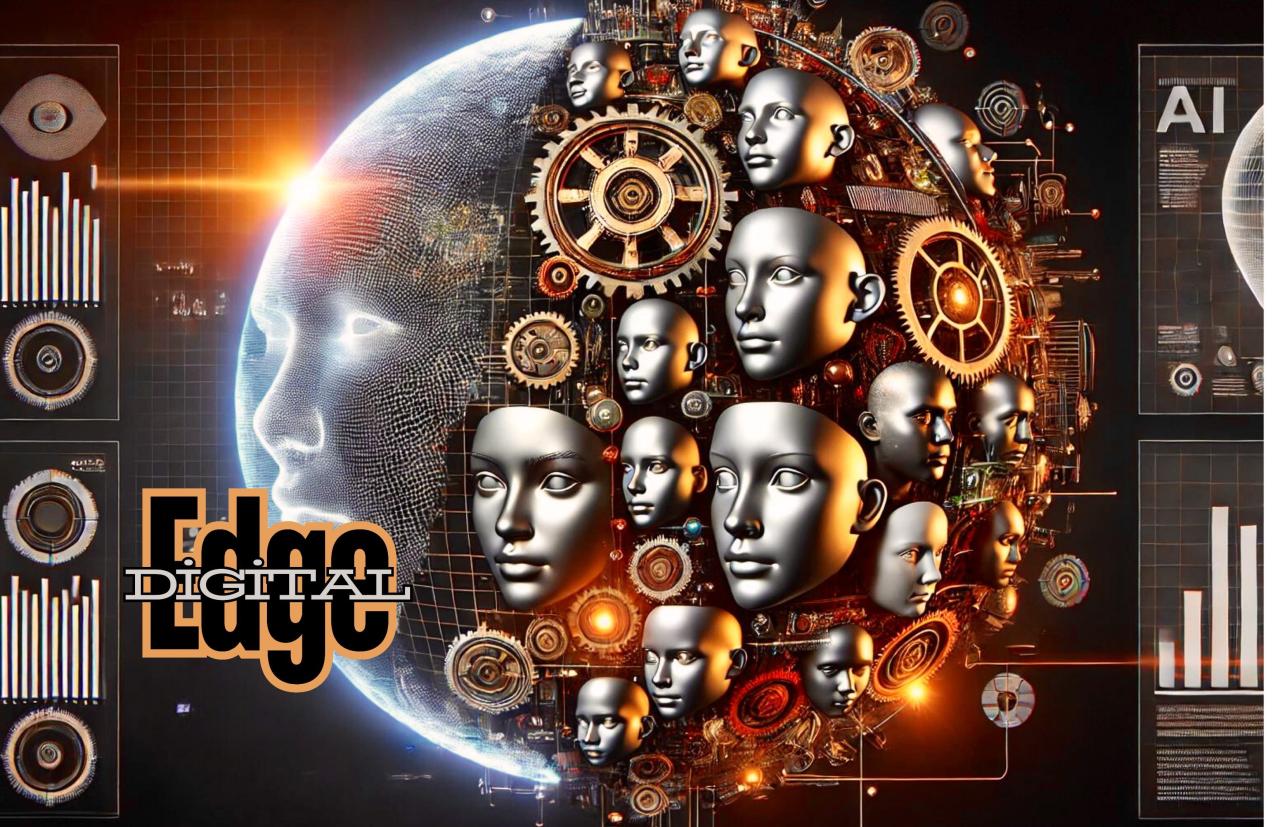
C. Navigating the Challenges of the Innovation Frontier
For all its promise, this period of rapid transformation is not without its perils. Proactive management of these challenges is crucial to ensuring that the innovation-driven shift benefits humanity as a whole.
A. The Geopolitical Dimension: The Intensifying Race for Technological Supremacy
Technology has become the new arena for geopolitical competition. The race for dominance in key areas like AI, quantum computing, and semiconductors is a central focus of national strategy for major powers like the United States and China. This competition drives progress but also carries risks of fragmentation, trade wars, and the balkanization of the internet into separate technological spheres of influence, potentially hindering global collaboration.
B. The Ethical Quandary: Bias, Privacy, and the Future of Autonomy
The power of new technologies brings profound ethical questions. AI systems can perpetuate and even amplify societal biases present in their training data, leading to discriminatory outcomes. The pervasive collection of data raises alarming concerns about personal privacy and the potential for mass surveillance. Furthermore, as we delegate more decisions to autonomous systems, we must grapple with questions of accountability and control. Establishing robust ethical frameworks and regulatory guardrails is one of the most pressing tasks of our time.
C. The Inequality Paradox: Will Innovation Widen or Bridge the Gap?
There is a dangerous paradox at the heart of technological progress: it has the potential to both bridge and widen societal gaps. On one hand, it can provide low-cost education and healthcare to underserved populations. On the other, it can concentrate immense wealth and power in the hands of the few who control the dominant platforms and technologies. The risk of a new, digital divide—between the technologically skilled and the unskilled, between data-rich and data-poor nations—is very real. Inclusive policies are essential to ensure the dividends of innovation are widely shared.
D. The Security Conundrum: New Vulnerabilities in a Hyper-Connected World
Our increasing reliance on interconnected digital systems creates a larger and more attractive attack surface for malicious actors. Cybersecurity is no longer just an IT issue; it is a fundamental business and national security risk. The potential for critical infrastructure—power grids, financial systems, hospitals—to be disrupted by cyber-attacks represents a clear and present danger that requires constant vigilance and international cooperation.
Category: Technology & Business
Tags: Innovation, Economic Transformation, Disruptive Technology, Global Economy, Digital Revolution, Sustainable Innovation, Artificial Intelligence, Blockchain, Green Technology, Future Trends, Business Strategy, Technological Convergence

